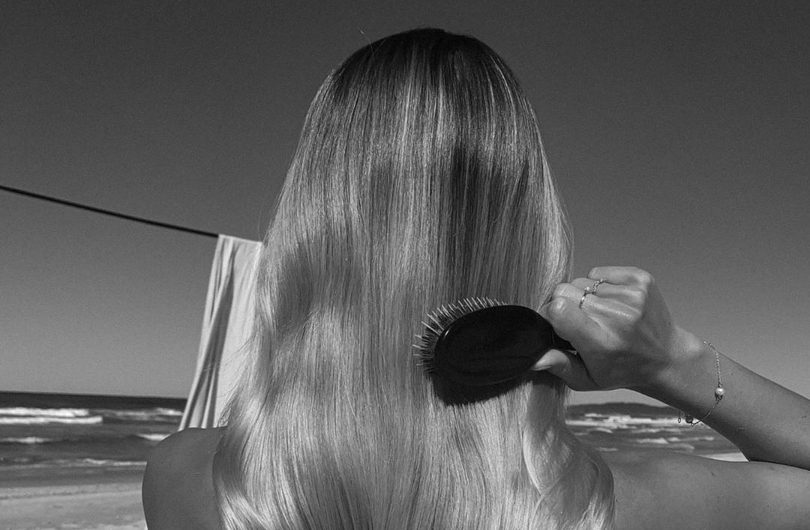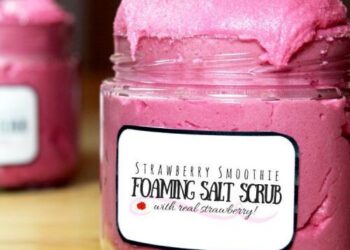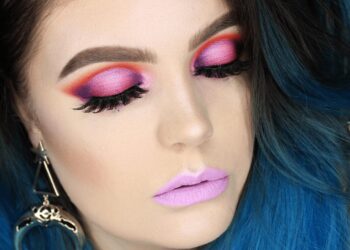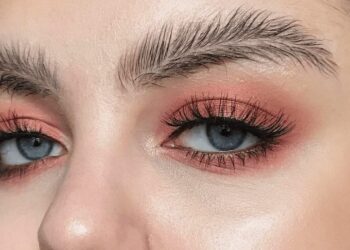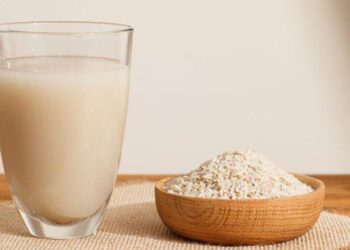Have you ever experienced where you innocently rub your head or brush your hair, when all of a sudden, ouch, you hit this kind of weird little bump and it seriously hurts. Oh honey, we hate to break it down to you, but it turns out scalp acne—similar to the bumps that can form on your face, back, or chest—is definitely a thing. Not to mention it hurts like hell.
Like your standard pimples on your face, scalp acne can be caused by a mixture of oil and dead skin cells that get stuck in hair follicles. It is most common along your hairline, and this condition can cause small and itchy pimples. Sometimes these pimples also become sore and crusty. But fret not lovelies, here’s everything you need to know about scalp acne and ways to prevent it.
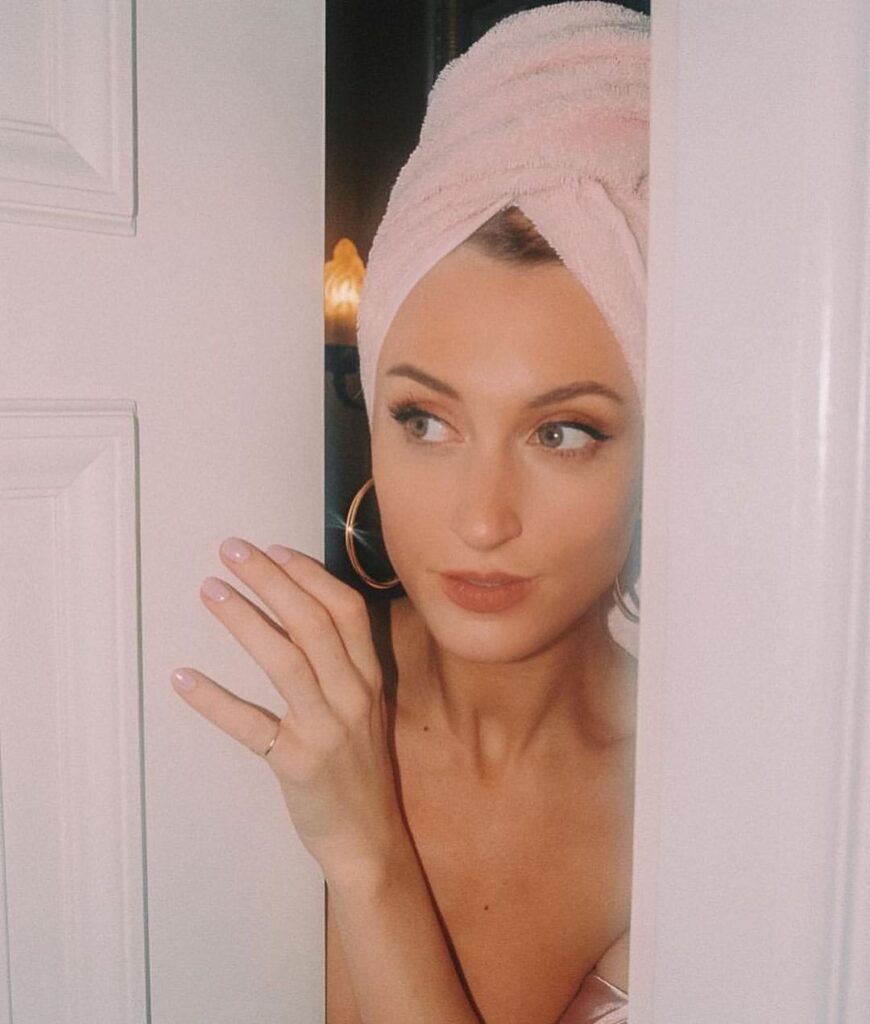
What Causes Scalp Acne?
Believe it or not, things like travel, stress, and lack of sleep are the major causes of scalp acne. When your cortisol levels rise, your body is more likely to produce oil. This excess oil can cause acne.
Like your standard pimples on your face, scalp acne can be caused by a mixture of oil and dead skin cells that get stuck in hair follicles. Sometimes these pimples also become sore and crusty.
What You Shouldn’t Do If You Get A Breakout?
Listen here, It is never a good idea to squeeze, pick, or pop a pimple on the scalp (or anywhere else) unless it is performed in a medical environment with techniques and products to prevent ongoing trauma or infection of the skin. In many cases, the pressure from these behaviors causes the infection and inflammation of the pimple to go deeper into the skin and become more buried, which can prolong the course of the lesion.
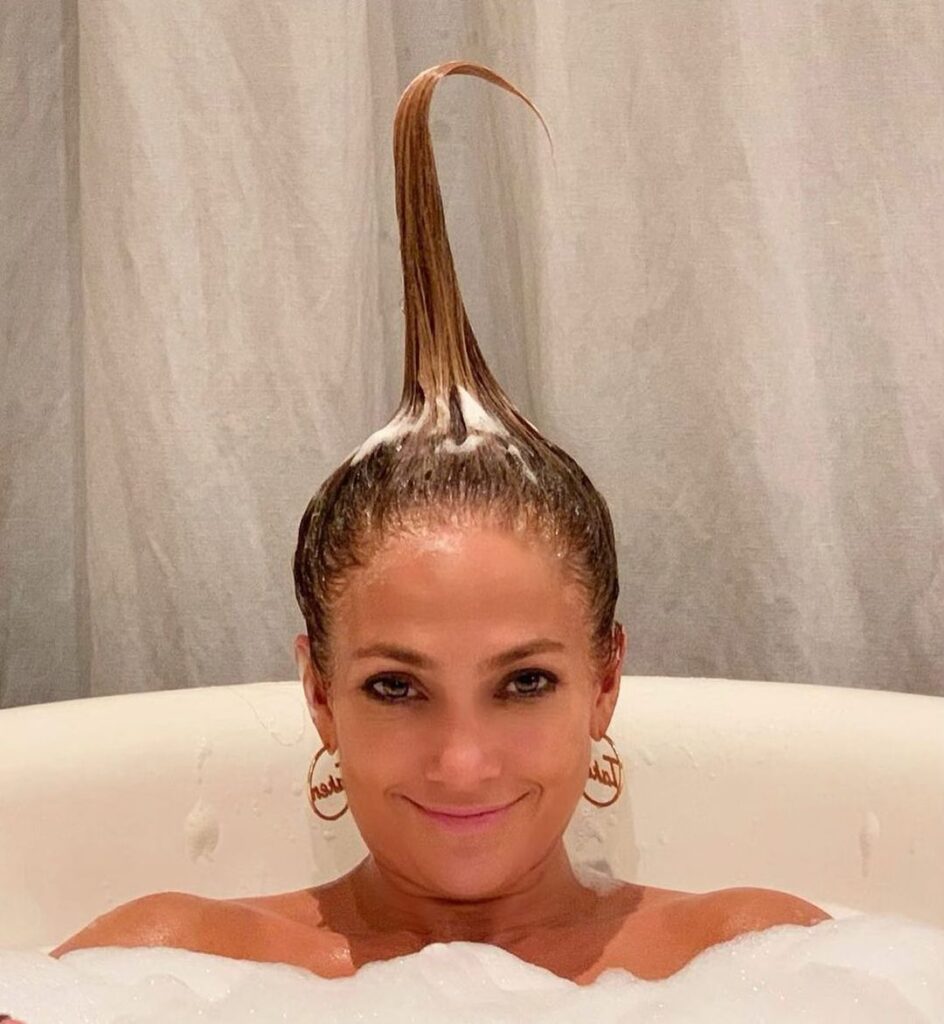
How To Get Rid Of Scalp Acne?
Good news alert: scalp acne is relatively easy to treat (unless you’ve got a severe case, which might require medication from a dermatologist). Unlike the beasts aka hormonal cystic acne on your face, the bumps, zits, and redness on your scalp can significantly decrease by washing your hair. Make sure that you’re cleansing really well. You’ll want to use a good-quality, sulfate-free shampoo that’s formulated with antioxidants and anti-inflammatory ingredients, like rosemary, lavender, or salicylic acid.
How often you wash your hair is totally up to you, but if you’re dealing with zits and excess oil, cleansing your hair every two to three days is a solid idea. As for the scrubbing, remember not to scrub so hard that you pull out any hair, just use enough pressure that you can get rid of excess oil and product buildup.

